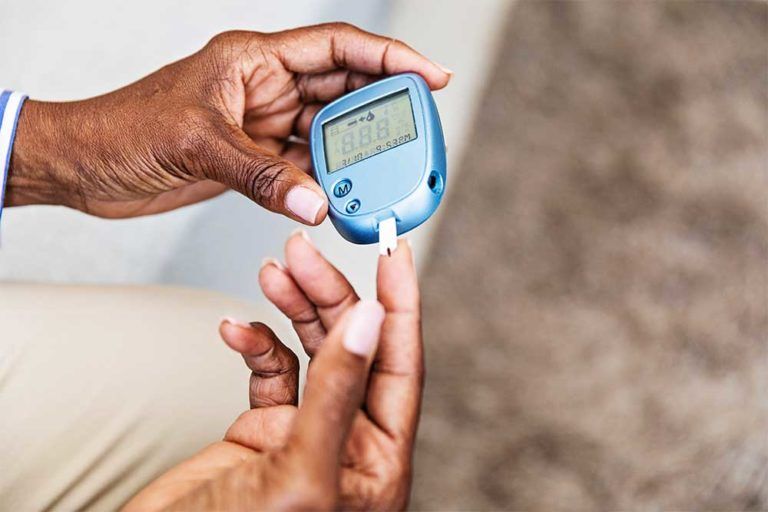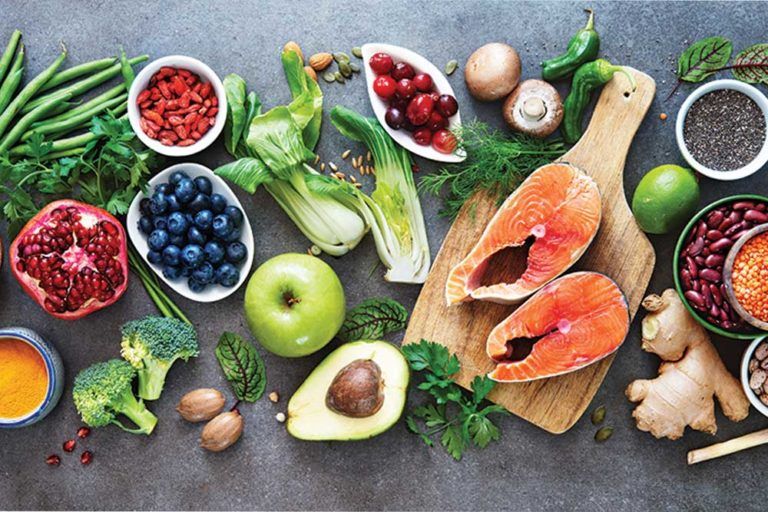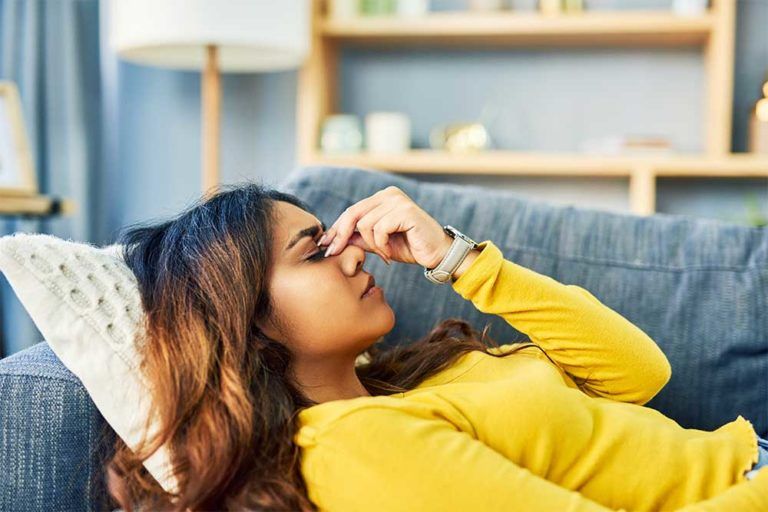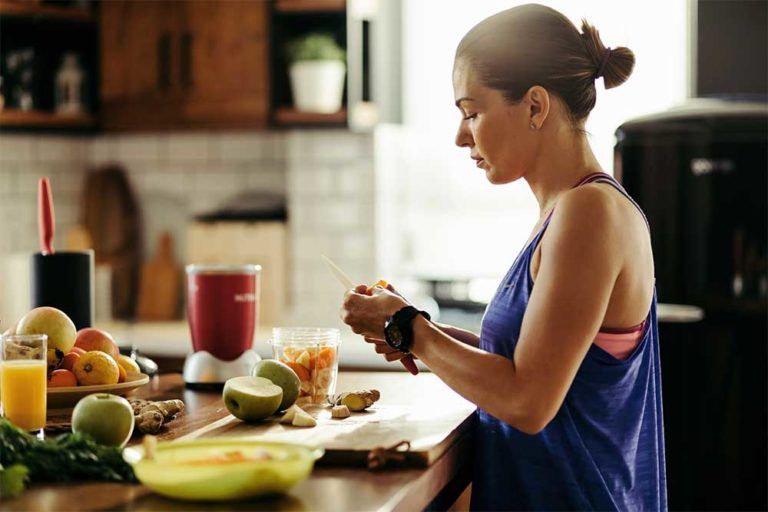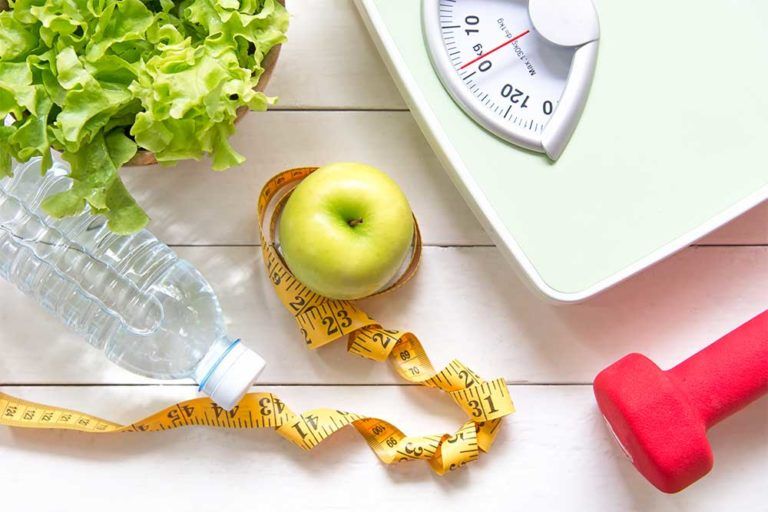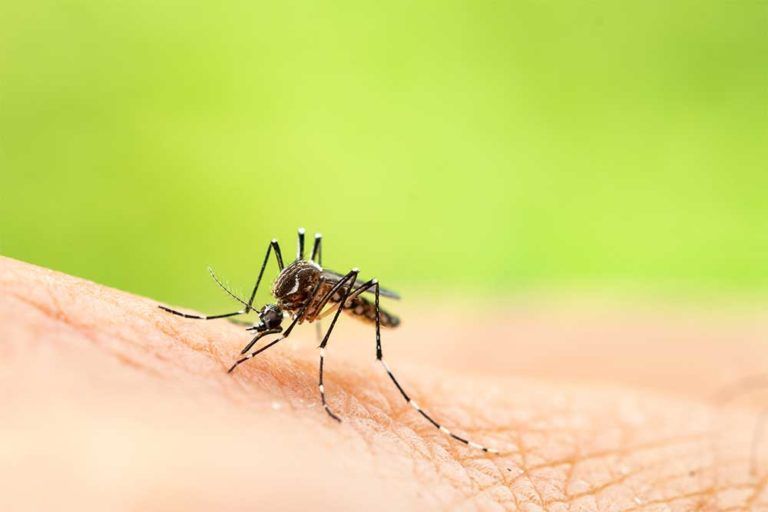You can be healthier if you will make positive lifestyle choices. None of them are hard, but they do require you to make consistently good choices.
Everyone wants to enjoy health that lasts as close to a full lifetime as possible, but not everyone gets it. Sometimes poor health occurs because of circumstances beyond anyone’s control. More often, however, poor health is something you have control over by making the right choices earlier in your life.
What can you do to ensure that your life will be as healthy as possible? The lifestyle you will need to choose is an easy one, and it is also realistically within the reach of most people. The Centers for Disease Control (CDC) offer the following recommendations:
- Making good choices about food
- Staying at a healthy weight
- Exercising regularly
- Not using tobacco products
- Limiting alcohol
Lifestyle Choices
Food
What you eat makes a huge difference in your health. Pay attention to what you have for breakfast, lunch, and dinner, but also pay attention to eating healthy snacks.
Start by choosing to eat plenty of fresh fruits and vegetables. Look for foods that don’t have a lot of saturated fat, trans fat, or cholesterol. Eat plenty of foods that are high in fiber because that helps keep your cholesterol in check. If you have high blood pressure, you should also consider limiting the amount of salt you eat. Be aware that the best way to do that is to eat food you prepare yourself, because if you buy packaged food or food prepared by other people, you have no idea how much salt has been added.
Weight
You are more likely to suffer a stroke if you are overweight or obese. Physicians usually determine whether your weight is healthy or not by calculating your body mass index (BMI). You can easily calculate it yourself, though. The easiest way is to go online, find a BMI calculator, and then enter your weight and height. BMI works well unless you are unusually muscular or you are at a normal weight but have more body fat than is typical.
You shouldn’t rely on BMI alone if you want to be sure you are healthy. Waist and hip measurements provide good additional information. Fat in the abdominal area surrounds the abdominal organs and is metabolically active, which means that it releases fatty acids, inflammatory agents, and hormones. These in turn trigger higher LDL cholesterol (the kind that clogs your circulatory system), triglycerides, blood pressure and blood glucose. That’s why abdominal obesity is associated with:
- Cardiovascular disease
- Type 2 diabetes
When you measure your waist and hips, what do those numbers tell you? The following table shows what’s healthy and what isn’t.
Measurement Men Women Waist ≤ 40 ≤ 35 Waist-to-hip-ratio > 0.9 > 0.85 Exercise
If you want to keep your weight healthy, or lose weight, food matters, but so does exercise. The surgeon general recommends that adults get 2.5 hours of moderate exercise every week. Brisk walking or bicycling qualifies. For children and teenagers, the recommendation is an hour of physical activity every day.
Most people don’t get enough exercise. About 21 percent of all adults do — that’s only one person out of every five. Even teenagers have a hard time getting enough exercise; if you have ten high school students, probably only two or three of them are exercising an hour every day.
- Where you live affects how much exercise you are likely to get. People in the South are less likely to get enough physical exercise than people in the Northeast, Midwest, and West.
- Gender also matters; men are more likely than women to get enough exercise; for men the percentage is 54 percent, but for women it is only 46 percent.
- Race plays a role. Non-Hispanic white adults are more likely to exercise than Hispanics of any race.
- Education and money make a difference, too. Those with a better education and higher income are more likely to exercise than their counterparts with less education and lower income.
Tobacco
Smoking cigarettes increases the chance that you will have a stroke. If you don’t smoke, that’s great. Keep it that way. If you do smoke, quit. Some people find that easier to do than others, but your physician can help.
Alcohol
Alcohol increases your blood pressure if you drink too much of it. If you enjoy alcohol, what are safe limits? Men should not have more than two drinks a day. Women should keep it to one.
What to Remember
You can be healthier if you will make positive lifestyle choices. None of them are hard, but they do require you to make consistently good choices.




